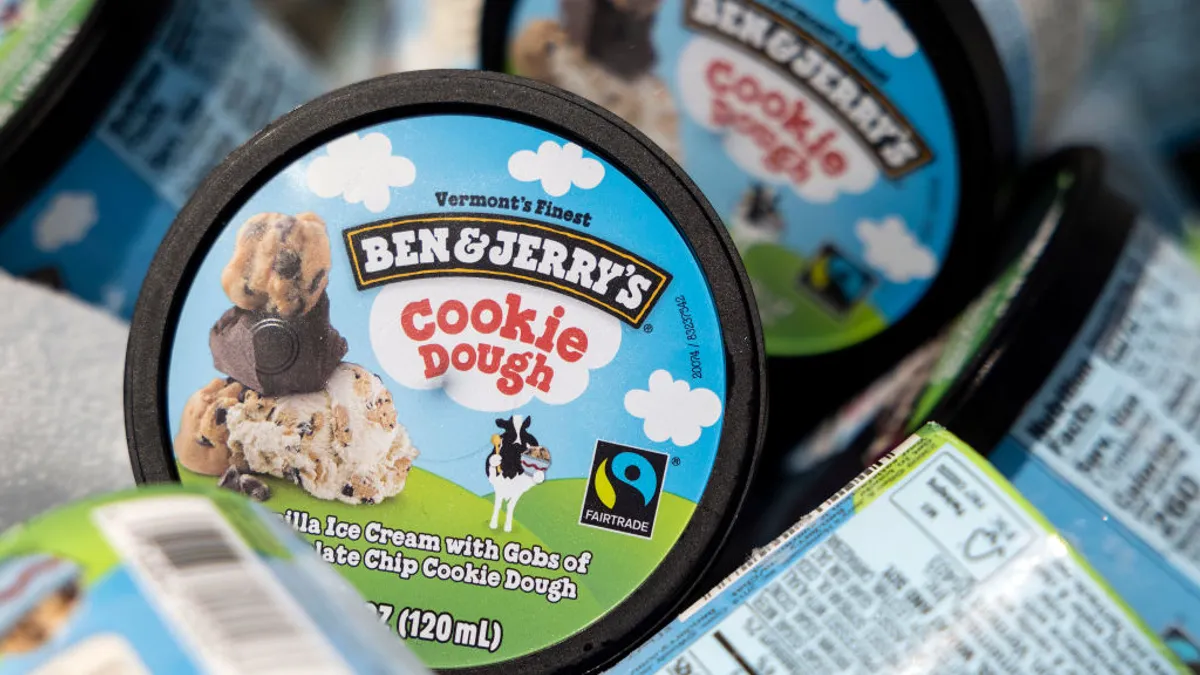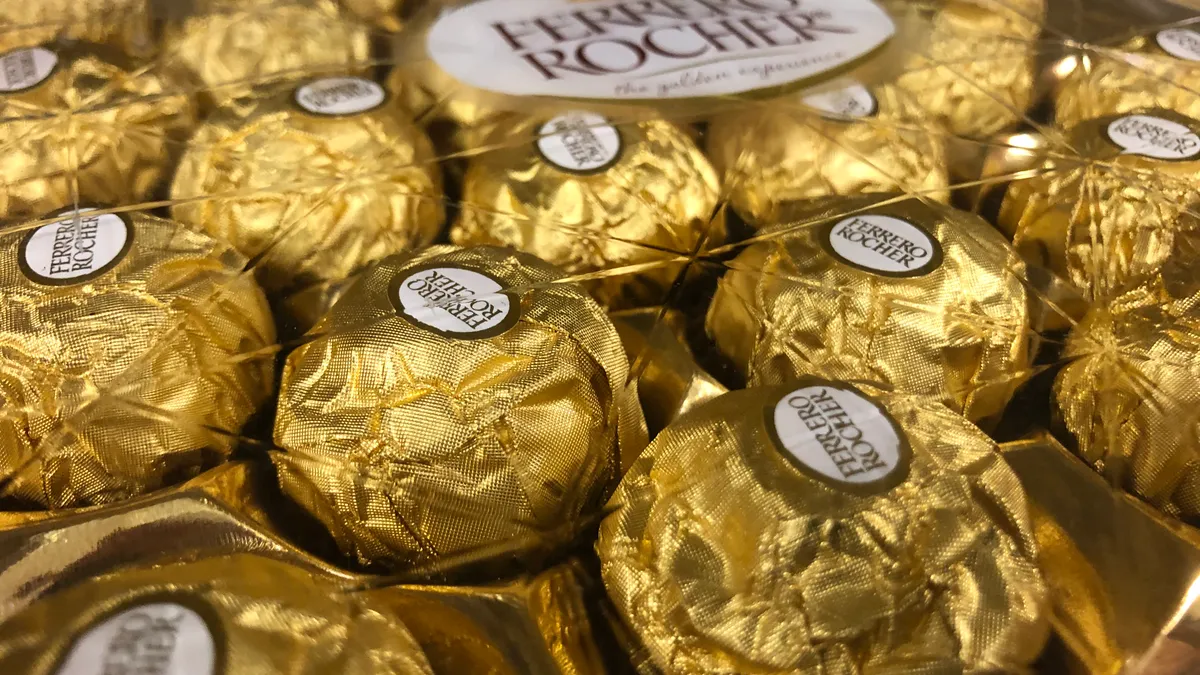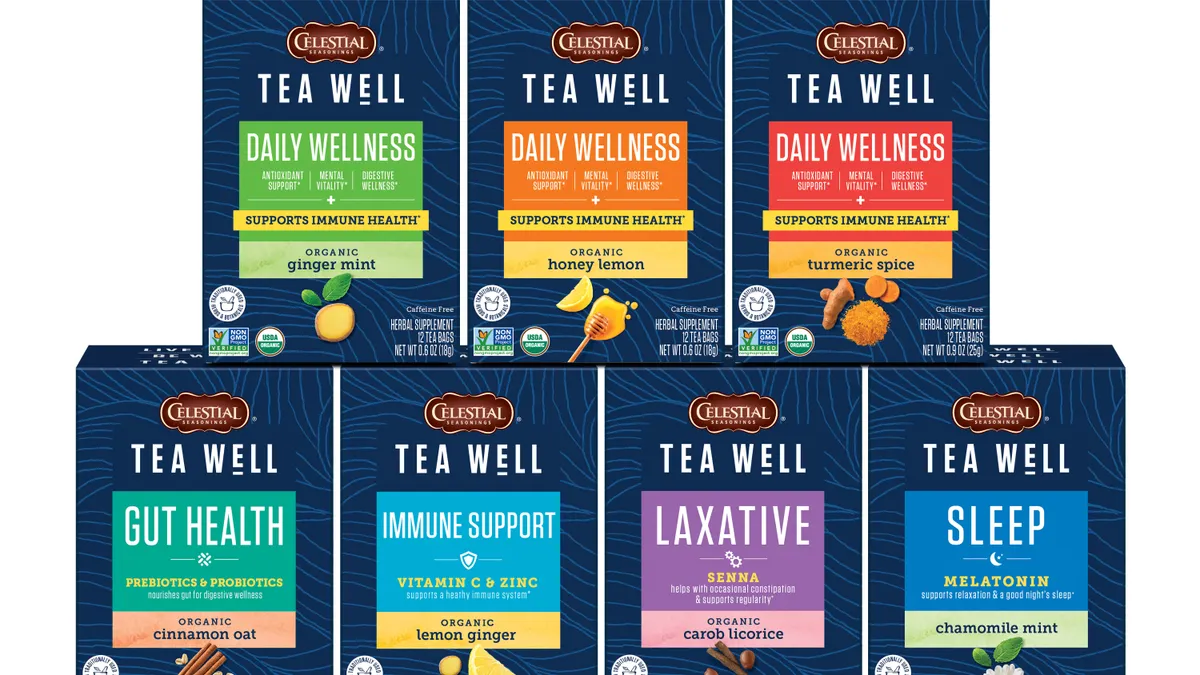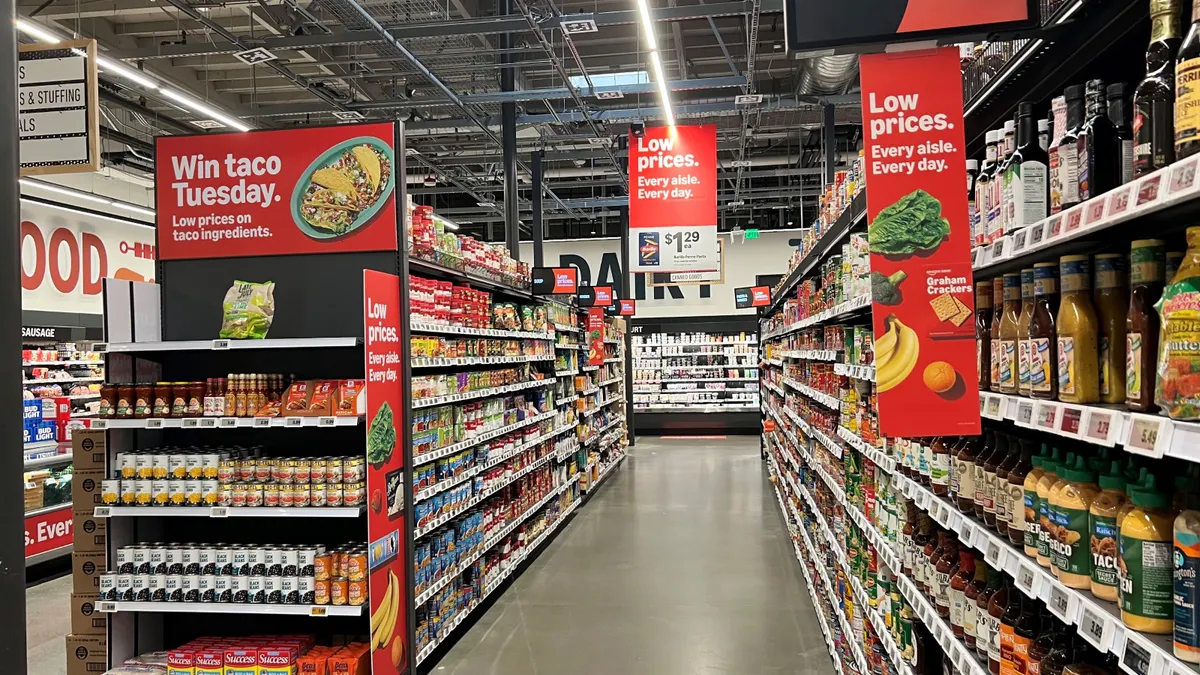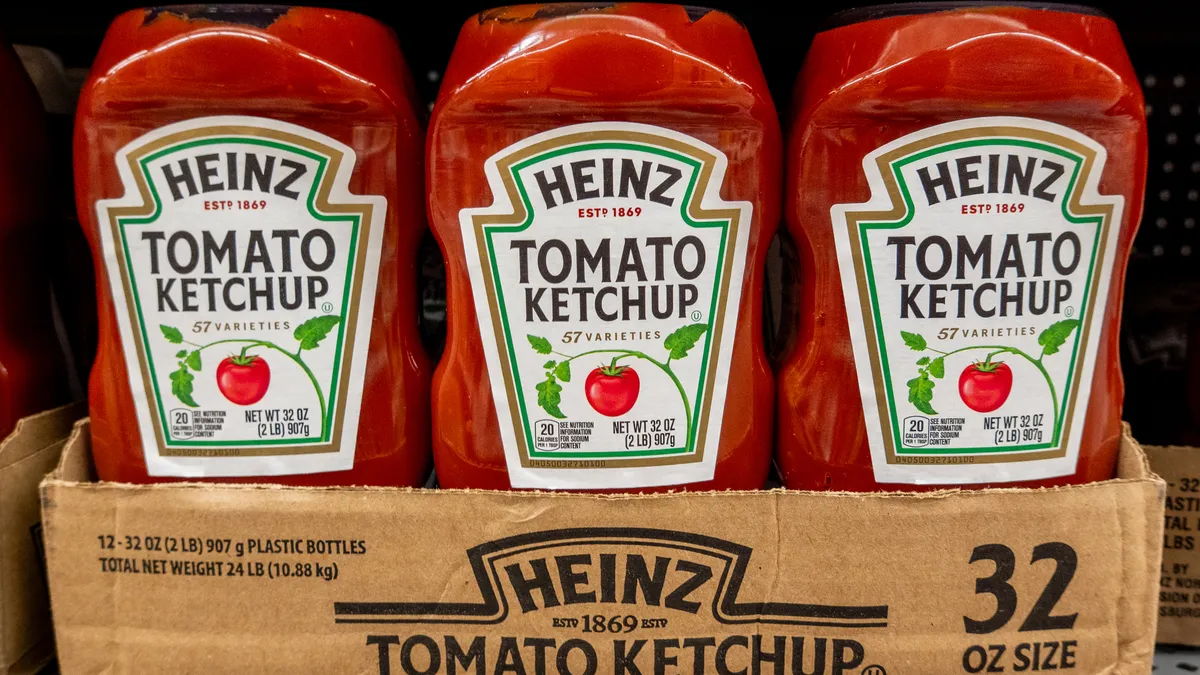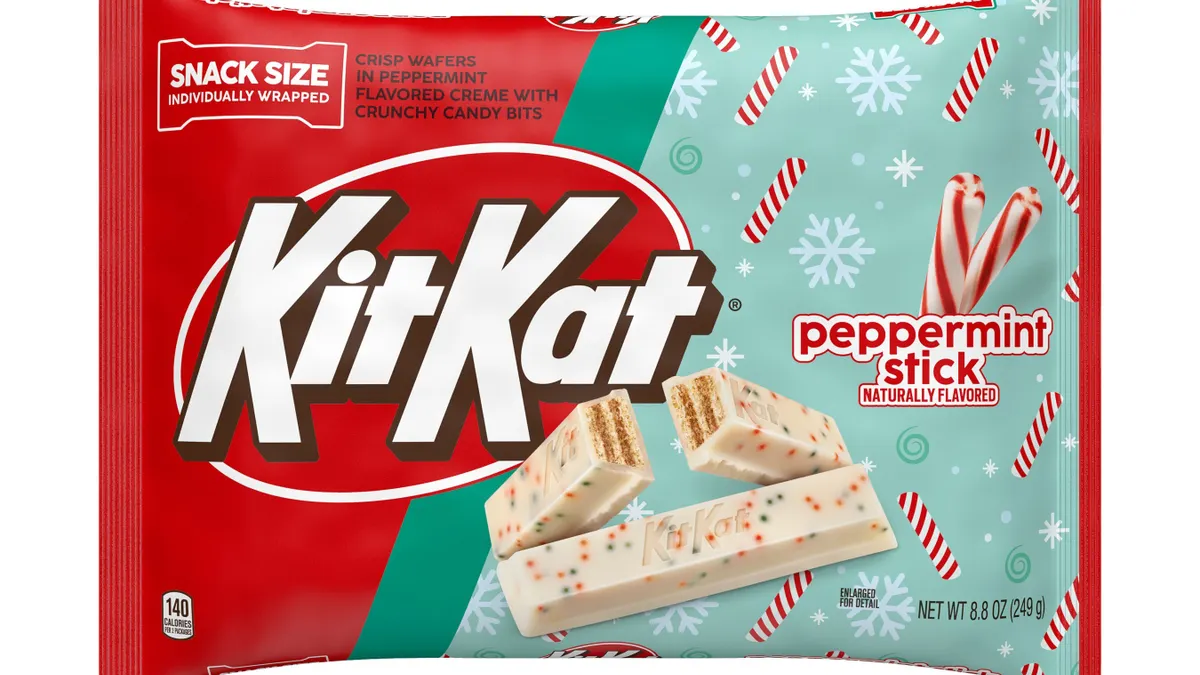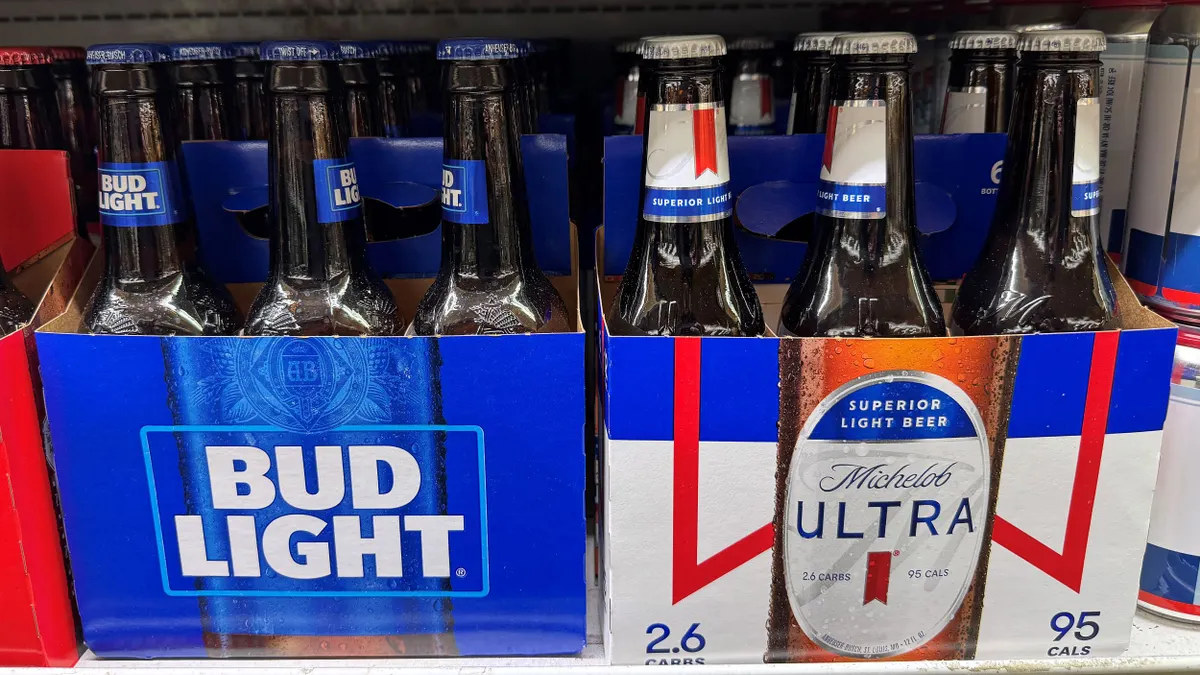Business model coherence is gaining traction at the highest levels of management, including the consumer goods industries. This was the topic of a Deloitte study released earlier this year. Deloitte’s conclusion? It’s not just the size of a company that matters to exceptional business performance, but rather the company’s alignment with a particular business model type and the company’s ability to adhere to that business model in every decision management makes.
What winning businesses do
Of the 97 CPG companies involved in Deloitte’s study, 25 businesses were named Exceptional Winners, with Monster in the top 3, though the full list was not released. Deloitte determined the companies’ rank by analyzing asset profitability (ROA) and revenue growth over a period of 10 years, and these winners consistently outperformed the competition in both areas.
The most common trait among the winning companies was business model coherence, specifically to three primary types of business models.
As part of their chosen business model, the Exceptional Winners also “develop a set of critical and distinctive capabilities that work together as part of a self-reinforcing business model” and “drive greater maturity into the distinctive capabilities than their peers,” according to the study’s findings.
Introducing: The 3 winning business models
Deloitte identified three business model types that predominated among the study’s Exceptional Winners.
Operational Excellence
Management emphasizes economies of scale by focusing on development and implementation of the capabilities and processes that ensure products are made efficiently and cost-effectively. This involves decision-making that focuses on standardization, cost control, and predictability, generally through high-volume, routine processing activities.
This business model is also referred to as Infrastructure Management or Asset Building, and within consumer goods, it is the dominant business model with 31% of companies implementing it, and another 17% of companies that include it in a hybrid business model. Distinctive capabilities for this business model include sales and operations planning, customer account management, strategic thinking, and pricing.
ConAgra Foods has recently proven itself as being focused on improving its operational excellence this year. The company has announced the sale of its private-label brands to TreeHouse Foods, the relocation of its headquarters from Omaha to Chicago, the rollout of its cost-reduction initiatives, a split into two companies, consumer brands and Lamb Weston for commercial foods, and layoffs. All of these efforts will help ConAgra streamline production and promote efficiency in the company to help it become more competitive in the marketplace.
Product/Brand Leadership
The focus here is product and brand development and becoming a leader in a category so the company can charge a premium for products that consumers will still pay. Rapid iteration of product and brand development through fostering creative talent is key to staying on top of trends and forcing the competition to react to keep up. Management concentrates on economies of time, or speed to market, through innovation and R&D.
This business model is also known as Product Innovation and Commercialization or Technology Creators, and it is the third-largest type implemented by CPG companies at 17% of the businesses analyzed. Among this model type’s distinctive capabilities are brand management, new product development, market and customer insights, and sales performance management.
If a food manufacturer has chosen to focus on product and brand leadership, the company may take a page out of PepsiCo’s playbook, which has confirmed its commitment to product innovation as key to PepsiCo’s growth strategy in the recent past and future.
Customer Solutions
This business model is all about relationships and putting the customer first with a focus on economies of scope. Manufacturers build broader relationships with a target demographic or customer group through new combinations of fresh products, services, and information to serve the needs and requirements of the target group.
Also known as the Service Provider or Customer Relationship model, Customer Solutions is the second-largest business model type among CPG companies with 28% of companies studied implementing it. These companies foster distinctive capabilities like customer account management, brand management, market and customer insights, and quality assurance.
Many smaller food and beverage companies could fall into the customer solutions category. These companies put customers first and keep customers’ wants, needs, and potential reactions in mind when they make business decisions, especially when it comes to maintaining authenticity and transparency—or at least that’s what many consumers believe. Consumers tend to trust smaller companies over major manufacturers, particularly millennials, likely in part due to the more intimate relationships smaller companies can build with consumers.
Hybrid business models
Some companies employ a hybrid business model, particularly a combination of Operational Excellence and Product/Brand Leadership at 16% of the businesses studied. While a hybrid business model can work, Deloitte found only a small number of Exceptional Winners used it.
Looking at a company’s strengths
Choosing the appropriate business model means identifying a company’s strengths—or desired strengths—and making every business decision revolve around supporting and nurturing those strengths to ensure improvements to financial performance.
"[Exceptional Winners] were focused on what they were doing really well and continued to invest and focus on that," Jacob Bruun-Jensen, strategy principle at Deloitte and co-author of the study, told Food Dive. "If they decided they wanted to be really good at product and brand leadership, and that was the chosen business model, they stuck to that, and everything else they kind of outsourced. They focused on these few things and did them exceptionally well, and that was what set them apart."
Case study: Monster Beverage
Monster Beverage has been a leader in the energy drink space and consistently outperforms many of its rivals in the competing soda industry, having reported an average sales growth rate of 34% annually and an average ROA of 31%.
Monster’s focus is on marketing innovation, which aligns with the product and brand leadership model. Earlier this year, the company revamped its portfolio by acquiring Coca-Cola’s energy drinks and divesting its own non-energy drinks to Coca-Cola, leading to a 44% share of the U.S. energy drinks market, according to the study. At the same time, Coca-Cola took a 16.7% stake ($2.15 billion) in the company. While focusing on product development, Monster outsourced manufacturing to third-party manufacturers.
"That’s what [Monster does]—two-thirds of their full-time employees work on marketing and really think through, 'How can we continue to win in the market by being smarter at marketing and better at innovation than any of the other guys?'" Jensen said. "That coherence to that particular business model is what we feel allowed them to win in the market."
When upper management consider how their business model is working for them and whether their decisions align with that model, strategizing to turn a profit using a proven business model type could be the answer to better financial performance in the new year. Analyzing their strengths points executives in the right direction for implementing a business model that works for the company.


